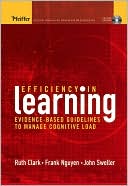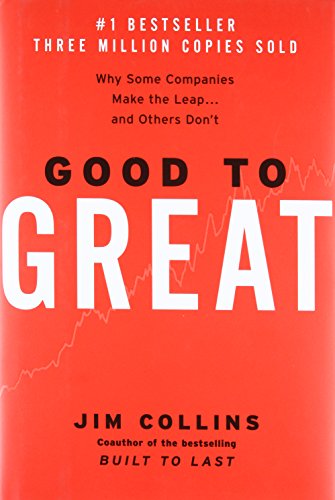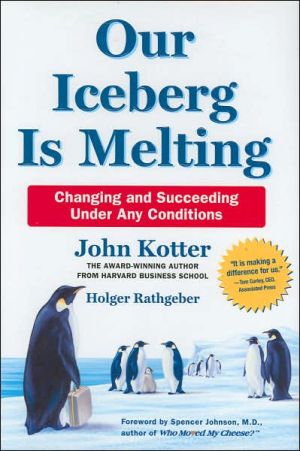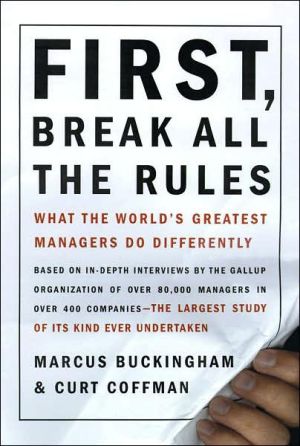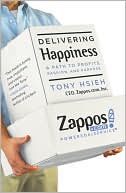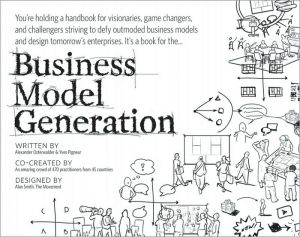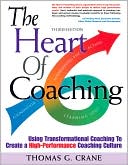Efficiency in Learning: Evidence-Based Guidelines to Manage Cognitive Load (with CD)
Search in google:
This resource for instructional professionals explains how to accelerate learning by focusing student attention and avoiding redundancy in the presentation of material. It opens with a discussion of the principles of cognitive load theory, which forms the basis for all of the guidelines to follow. Real-world examples demonstrate how these guidelines may be applied in settings ranging from the classroom to e-learning screens. The CD-ROM includes sample lessons and video commentary by the authors. Clark is a consultant, teacher, and writer specializing in instructional design. Pfeiffer is an imprint of Wiley. Annotation ©2006 Book News, Inc., Portland, OR
Contents of the CD-ROM. Acknowledgments. Introduction. PART ONE. AN INTRODUCTION TO EFFICIENCY IN LEARNING. 1. Cognitive Load and Efficiency in Learning. 2. The Psychology of Efficiency. PART TWO. BASIC GUIDELINES FOR MANAGING (IRRELEVANT) COGNITIVE LOAD. 3. Use Visuals and Audio Narration to Exploit Working Memory Resources. 4. Focus Attention and Avoid Split Attention. 5. Weed Your Training to Manage Limited Working Memory Capacity. 6. Provide External Memory Support to Reduce Working Memory Load. 7. Use Segmenting, Sequencing, and Learner Pacing to Impose Content Gradually. 8. Transition from Worked Examples to Practice to Impose Mental Work Gradually. PART THREE. INSTRUCTIONAL GUIDELINES FOR IMPOSING RELEVANT COGNITIVE LOAD. 9. Put Working Memory to Work with Germane Load. PART FOUR. TAILORING INSTRUCTION TO LEARNER EXPERTISE. 10. Accommodate Differences in Learner Expertise. 11. Use Rapid Testing to Adapt e-Learning to Learner Expertise. PART FIVE. COGNITIVE LOAD THEORY IN PERSPECTIVE. 12. Applying Cognitive Load Theory. 13. The Evolution of Cognitive Load Theory: A Personal Perspective by John Sweller. Appendix: All About the Numbers. Glossary. References. About the Authors. Index. List of Figures and Tables. How to Use the CD-ROM.
